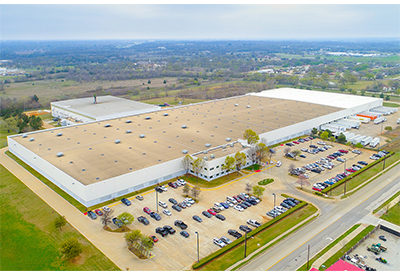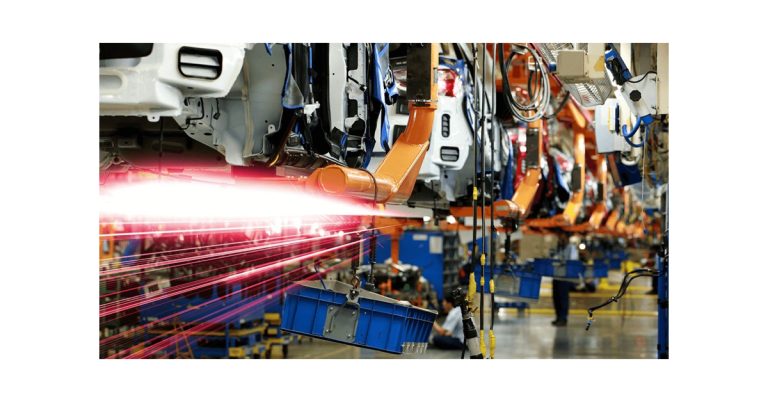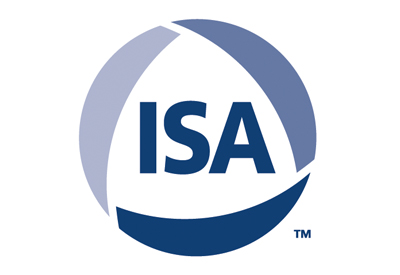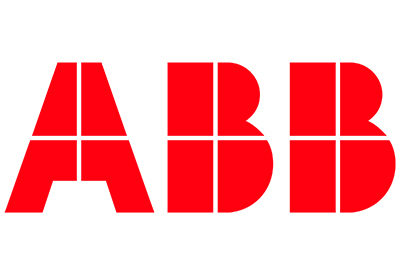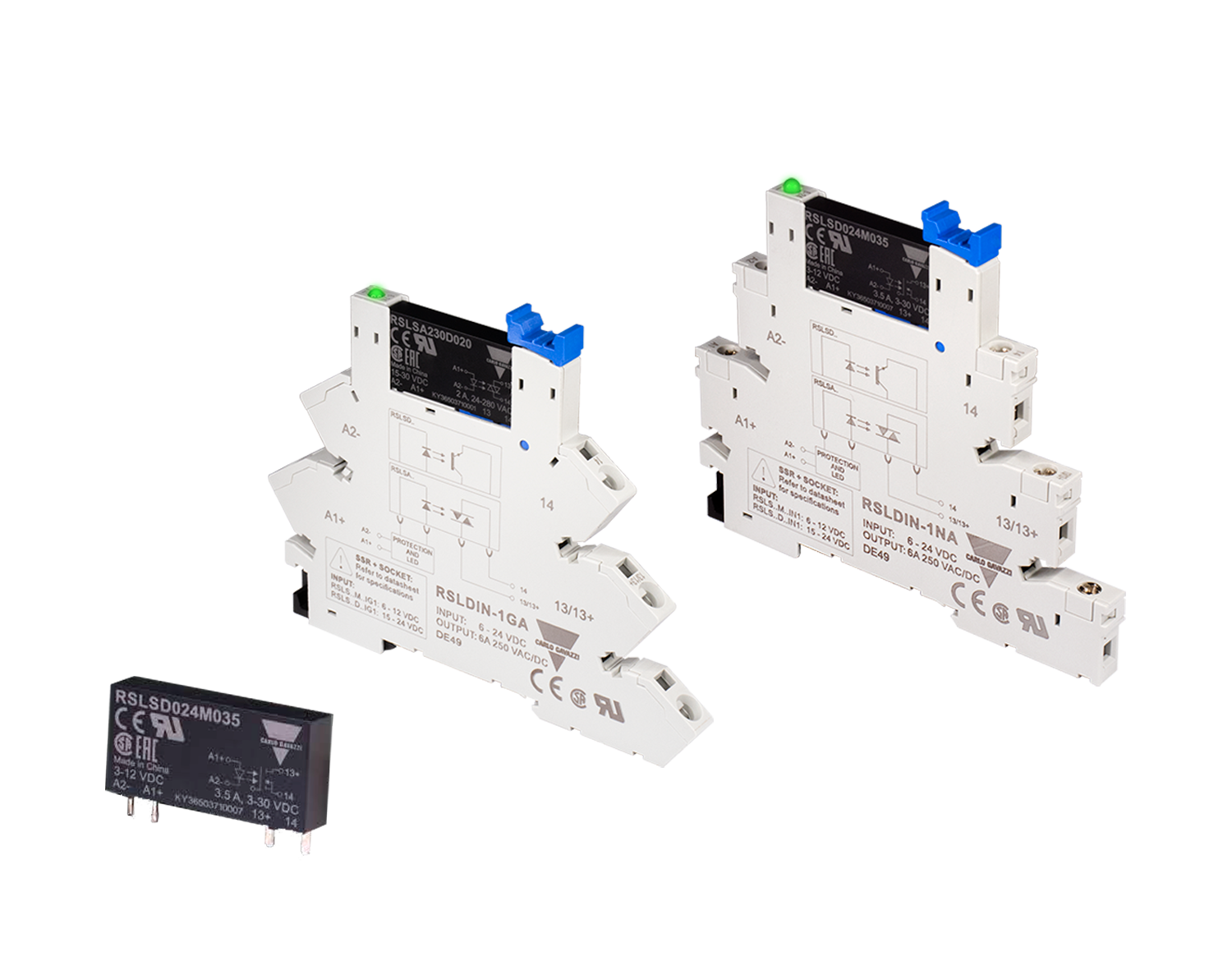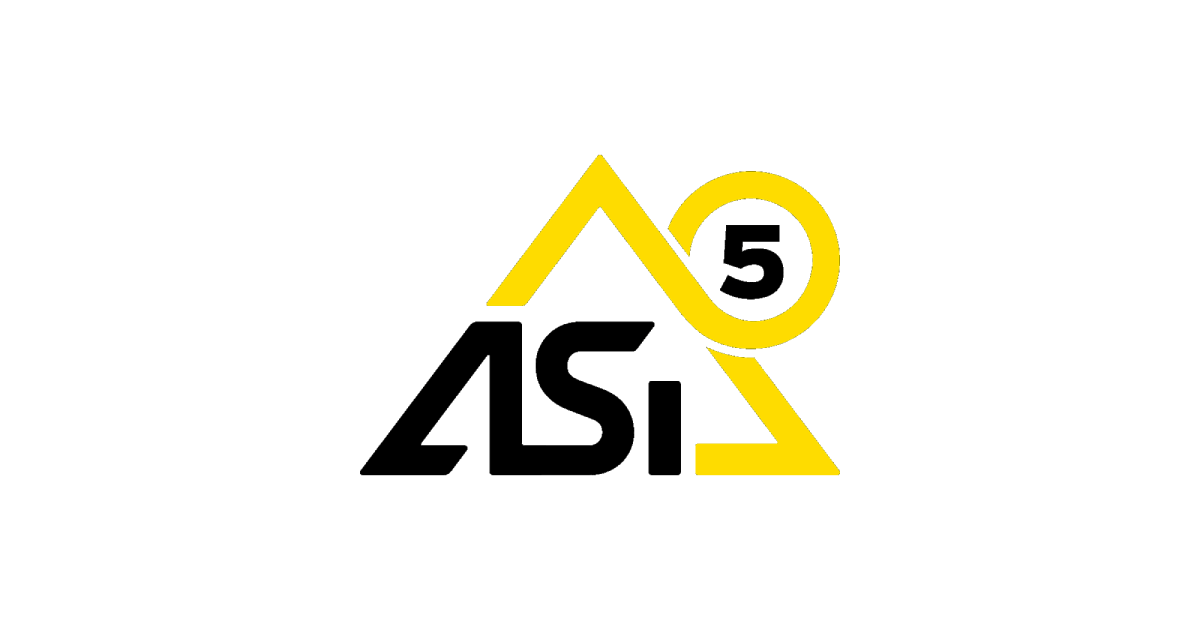What Are the Effects of Harmonics and EMI on the Increasing Amount of Industrial Ethernet Found in Manufacturing Facilities?
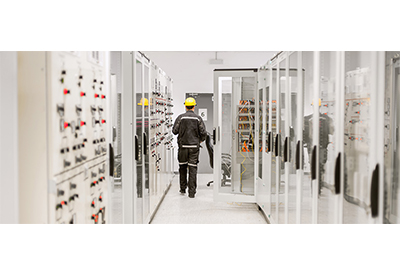
March 19, 2021
By John Clement, Field Application Engineer, Allied Electronics & Automation
First, let’s clarify that ‘Industrial Ethernet’ is a blanket term covering Profinet, Ethernet/IP, Modbus TCP, EtherCAT, and any other industrial fieldbus utilizing Ethernet as a physical layer.
Industrial Ethernet is inherently resistant to EMI, as the standard twisted-pair cable used for transmission cancels out most differential-mode noise between the conductors. Transformer coupling on the Ethernet card itself cancels out most common-mode noise as well.
As speeds increase from Standard Ethernet (10 Megabits/second) to Fast Ethernet (100 Mbps) to Gigabit Ethernet (1000 Mbps), the construction and quality of the cables required goes from CAT3 -> CAT5 -> CAT5e, CAT6. Tighter twists, lower gauge wire, and internal cable conductor spacers are some of the modifications.
Despite Ethernet’s inherent EMI resistance, when applied in an industrial environment with 480V AC conductors, and especially VFD output cables in the mix, it needs some help.
Shielded twisted-pair cable, available in all categories, will keep out virtually all noise. However, it costs about four times that of UTP. Additionally, the shielding increases the capacitance of the cable, which serves as a low-pass filter and limits the maximum transfer speed, especially at long distances.
Grounding of the shield is necessary, so shielded 8P8C (commonly, but incorrectly, called RJ45**) connectors are needed for termination of STP. Grounding one or both ends of the cable is a matter of debate. Analog (4-20mA,0-10V) signal cable should be grounded at one end only to prevent ground loops and 60 Hz hum. With digital signals, hum is not an issue; however due to poor bonding techniques, ground point differentials exist between equipment residing in different cabinets. If the Ethernet cable shielding is the only thing bridging the differential voltage, bad things can happen. Therefore, many engineers recommend grounding the Ethernet shield at the “source” end only. For example, if connecting a PLC to a VFD in a remote cabinet using Profinet, install the shielded 8P8C connector on the PLC end only; a VFD to encoder link with EtherCAT would use the shielded connector on the VFD end, and so on.
Always follow the same wire routing rules for Ethernet as for any other serial fieldbus or analog signal by keeping parallel runs with power lines separated, in separate wireway, cross power lines at 90°, etc.
Don’t overlook surge protection on the Ethernet cable runs. Outdoor runs between buildings or to a silo are obvious use cases but consider surge protection for long inter-cabinet runs indoors, if there is any arc welding or electrostatic powder coating going on nearby. High-speed roll goods converting in the paper and textile industries can generate an enormous amount of static electricity.
For the ultimate in EMI, surge, harmonic, and lightning protection, Fiber Optics is the gold standard. Also, Fiber Optics offer complete protection for signals going to or from Class I Division 1 or other Hazardous Areas. No zener barriers are needed because there is no electricity present. Most control signaling in pharmaceutical plants uses Fiber Optic Ethernet, regardless of the fieldbus protocol riding on top.
Recently, Wireless networks are being used more often in the industrial environment. The device level includes Bluetooth, Zigbee, and Wireless HART, as well as vendor proprietary solutions. These devices still need to be powered in some way, either by 24Vdc or batteries.
However, there are now wireless pushbutton and limit switch devices that do not require batteries. Utilizing energy harvesting, which captures the mechanical energy of the button push via piezoelectric or permanent magnet & coil arrangements, these devices go “on the air” just long enough to transmit their change of status. (Never use this for an emergency stop application!)
Once the signals are back at the local enclosure, Wireless Ethernet options send it on to the main PLC/PAC. These are ruggedized versions of the familiar 802.11abgn access points sprouting up in offices – and on street corners – everywhere.
If the installation is WAY out in a field somewhere, then the only option for remote access is a Cellular Radio Modem. 3G is still the mainstay with the largest installed base. With wireless carriers racing to abandon 3G to free up frequencies for 5G, any new installation needs to be 4G/LTE at a minimum. To future-proof design, go with 5G, but there are distance limitations with some carriers going to 6 Ghz and above. As with anything utilizing radio waves, the higher the frequency, the lower the range achieved including less building penetration and susceptibility to rain fade. Hopefully, the wireless carriers will work out all the kinks before full rollout.
Industrial Ethernet offers the best way to shuttle high-speed data throughout – as well as to and from – the plant. A few careful installation considerations, including shielding, grounding, surge protection, fiber optics, or wireless options, will enable any plant to run efficiently and share production data with upper-level IT systems.
![]()

